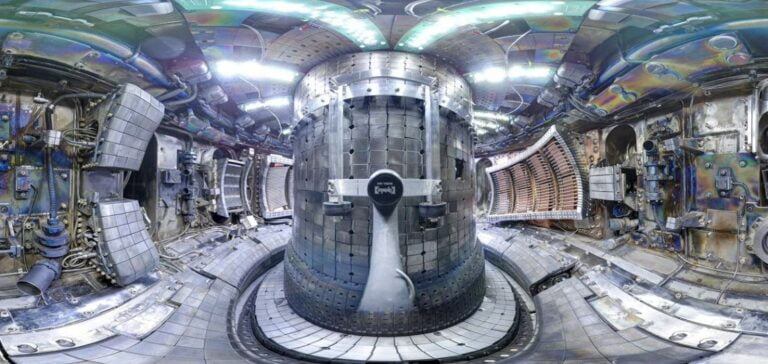The nuclear fusion sector in the USA has recently enjoyed a remarkable boom thanks to an influx of private investment, which has more than doubled in two years, reaching $5.9 billion by the end of 2023. This financial commitment contrasts sharply with the $271 million from the public sector, underlining the growing interest of the private sector in this promising technology.
Significant technological advances
The scientific advances of the last two years have been compared to historic moments such as the Wright brothers’ first flight, indicating that nuclear fusion has moved from theory to imminent practical application. In particular, the Lawrence Livermore National Laboratory (LLNL) in California achieved a crucial milestone by producing more energy than it consumed during a test in December 2022.
Start-up development and business prospects
Among the most promising companies is Helion Energy, which has signed an agreement with Microsoft for 50 megawatts of operational capacity by 2029. The majority of start-ups in the sector are planning to connect their first fusion power plant to the grid by 2035 at the latest, with fusion technology promising clean, safe energy with virtually no nuclear waste.
Comparison of containment technologies
Magnetic confinement technology, used in reactors such as the tokamak, currently dominates the fusion landscape. However, Helion Energy is taking an innovative approach without neutron production, which avoids erosion of the reactor walls and could speed up the path to commercialization.
Economic viability and cost reduction
Recent research by MIT and Commonwealth Fusion Systems has revealed that smaller-than-expected magnets could be used in fusion, dramatically reducing estimated costs per watt. This breakthrough could transform nuclear fusion into a viable option for the energy future, with major implications for reducing carbon emissions worldwide.
Significant investment and technological advances position the United States as a potential leader in the commercialization of nuclear fusion. If the projects currently underway come to fruition, this new energy era could not only meet growing energy needs, but also play a crucial role in the fight against climate change. Nuclear fusion, long considered a pipe dream, is now within reach thanks to the combined efforts of science, innovation and venture capital.






















